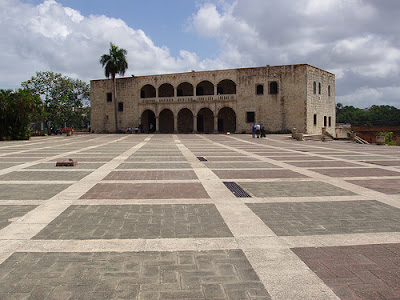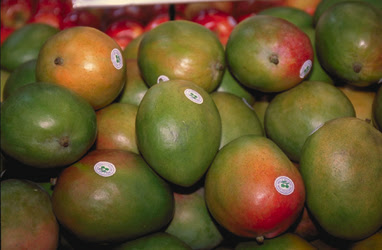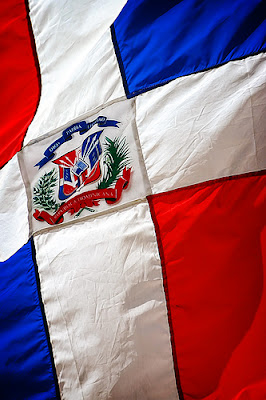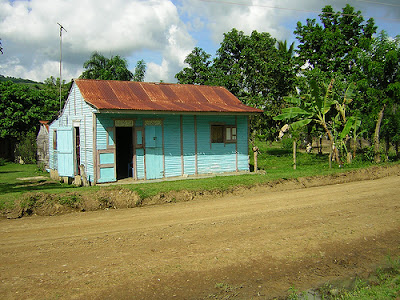Geographi of the Dominican Republic
Dominican Republic is situated in the middle of the Caribbean Sea, geographically between 68° 19´ and 73° 31´ West and between 17° 36´ and 19° 59´ North. It shares with Haiti the island of Hispaniola or La Española, one of the Major Antilles, of which it takes approximately two thirds of the surface. Total country's extension is 48,670.82km², including small adjacent islands.
The country has a shore line of 1,576 Km. and 488 Km. of border with Haiti.
The country is mountainous in a 72%, as there are several ridges that cross the country from Northeast to Southwest: Central Ridge or Cordillera Central, the most important in the country and the Antilles, and which comprises the Pico Duarte, 3,175 m above sea level. The Northern Ridge or Cordillera Septentrional in the north, separates the atlantic coastal plains from the Cibao Valley. Its highest elevation is Pico Diego de Ocampo. In the south, the ridges of Neiba and Bahoruco. Finally, the Eastern Ridge or Cordillera Oriental, separates the Cibao Valley from the Caribbean coastal plains.

Main rivers are all born in the central Ridge: Yaque del Norte, Yuna, Artibonito and Yaque del Sur.
Between the ridges of Neiba and Bahoruco there is Lake Enriquillo, the biggest of the Antilles. 42 meters below sea level and with salty waters, it constitutes one of the strangest ecosysteme of the island. Iguanas, flamingos and caymans live in its shores.
Other important lakes are Laguna de Rincón, Laguna de Oviedo, Laguna Redonda and Laguna Limón.
Climate of the Dominican Republic
In spite of being a tropical country, climate is as varied as the island geography, varying from semiarid in the West and South of the country and extremely wet in the North and center: average rainfall goes from 350mm. and 2.743,mm. per year, depending on the area.
There are two rainy seasons: For the north coast the rainiest period comprises November to January. For the rest of the country, it is May to November, with an average rainfall of 2000 mm. March is the driest month in most of the country, with less than 500 mm. There are, however, plenty of regional microclimates.

Coasts have a tropical climate with average temperaturas betwen 18º C and 25º C, being January the coldest month and August the hottest.
Central mountains, where the weather is much cooler, can even see temeratures falling below freezing point in winter.
The hurricane season in the Caribbean begins on June 1st and lasts until November 30th.














